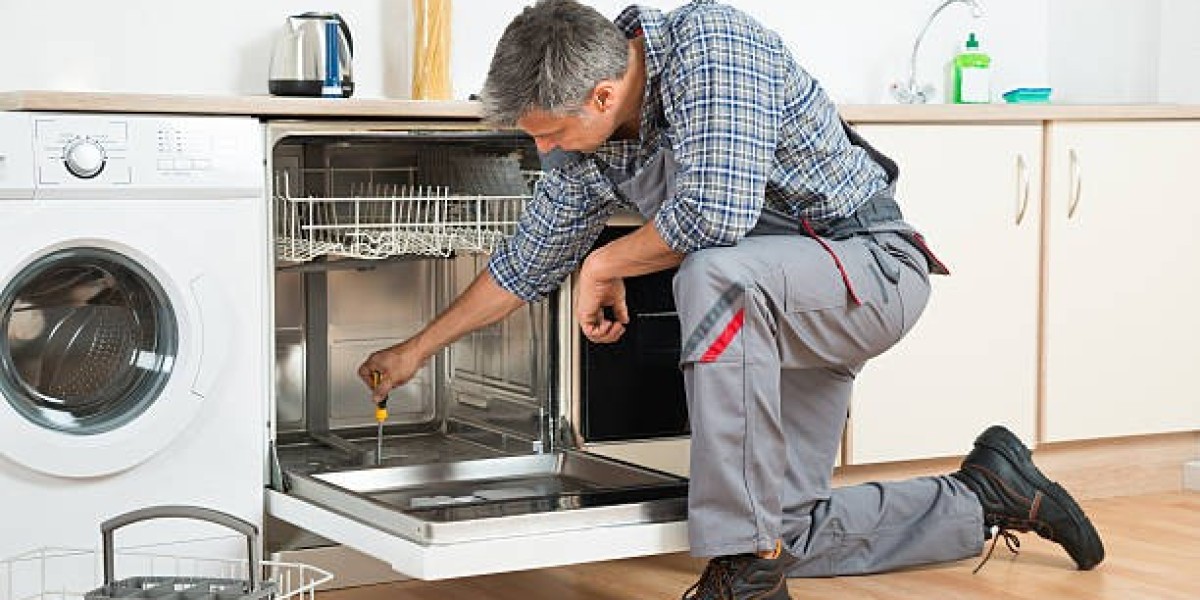The refrigerator is the steadfast, silent workhorse of the modern kitchen. Day in and day out, it operates so flawlessly that we often take its crucial role for granted—until it stops. A subtle change in temperature, an unexpected puddle on the floor, or a strange new noise can instantly disrupt the rhythm of a household, creating stress and concern over spoiled food and costly repairs. Understanding the most common refrigerator problems is the first step toward regaining control. While some issues have simple fixes, many are symptoms of deeper mechanical or electrical troubles. This guide will explore the anatomy of these issues, providing insight into the complex world of refrigerator problems and solutions and helping you determine when a DIY fix is possible and when it's time to call in a professional.
The Chilling Reality: When Your Refrigerator Stops Cooling
Arguably the most alarming issue is a refrigerator that fails to keep its contents cold. This problem can stem from several sources, ranging from simple maintenance oversights to more complex component failures.
The Overlooked Foundation: Dirty Condenser Coils
Every refrigerator works by a principle of heat exchange. The system pulls heat from inside the box and releases it into the room via the condenser coils, typically located on the back or bottom of the unit. Over time, these coils become blanketed in dust, pet hair, and debris. This layer acts as an insulator, trapping heat and forcing the compressor to run longer and harder to cool the interior.
Symptom: The refrigerator runs constantly but struggles to maintain a cold temperature.
Solution: This is a key area where homeowners can intervene. Unplug the unit and use a long, flexible brush and a vacuum to thoroughly clean the coils. Performing this maintenance every six to twelve months is one of the best preventative refrigerator problems and solutions you can implement.
The Hidden Obstruction: A Malfunctioning Defrost System
Inside your freezer, an evaporator coil and fan work to chill the air that is then circulated into the fresh food compartment. A healthy refrigerator runs a defrost cycle periodically to melt any frost that accumulates on these coils. If the defrost heater, thermostat, or timer fails, ice will build up relentlessly, eventually blocking the fan and preventing cold air from reaching the rest of the unit.
Symptom: The freezer is ice-cold, but the refrigerator section is warm. You may also see a solid wall of frost at the back of the freezer.
Solution: This is a more complex problem that typically requires a professional diagnosis to identify which part of the defrost system has failed.
The Mystery Puddle: Identifying the Source of Leaks
Discovering a pool of water near your refrigerator is another one of the most common refrigerator problems. The culprit is almost always related to a blockage or a supply line issue.
The Clogged Defrost Drain
When the defrost cycle melts frost from the evaporator coils, that water needs to go somewhere. It is channeled through a small drain tube to a collection pan underneath the refrigerator, where it evaporates. If this drain line becomes clogged with ice or food particles, the water will back up and overflow, either leaking into the bottom of your fresh food compartment or directly onto the floor.
Symptom: Water pooling inside the crisper drawers or on the floor in front of the unit.
Solution: Sometimes this can be cleared with a turkey baster and hot water to melt the blockage. However, if the clog is deep or persistent, professional service may be needed to fully clear the line without damaging it.
The Symphony of Malfunction: Decoding Strange Noises
A refrigerator is never completely silent, but new or loud noises are clear distress signals that should not be ignored.
Squealing, Rattling, or Chirping
These high-pitched or rattling sounds often point to a failing fan motor. Your refrigerator has at least two: the evaporator fan motor (inside the freezer) and the condenser fan motor (near the compressor). Worn-out bearings in either of these motors can produce a variety of unsettling sounds.
Symptom: A loud noise that stops when you open the freezer door (points to the evaporator fan) or a constant rattling from the bottom-rear of the unit (points to the condenser fan).
Solution: Replacing a fan motor involves electrical components and disassembly of the unit, making it a job best left to an experienced technician.
Conclusion: The Ultimate Solution is Expertise
While it is empowering to understand the potential causes behind common refrigerator problems, the complexity of these appliances cannot be overstated. The interconnected systems of a modern refrigerator mean that one symptom can have multiple potential causes. This is why a comprehensive approach to refrigerator problems and solutions is so vital. While cleaning condenser coils is a valuable DIY task, issues involving the sealed system, defrost components, or electrical motors require the precision, tools, and safety training of a certified professional. An expert technician can accurately diagnose the root cause, preventing you from wasting money on incorrect parts and ensuring a safe, durable repair that protects your valuable investment.






